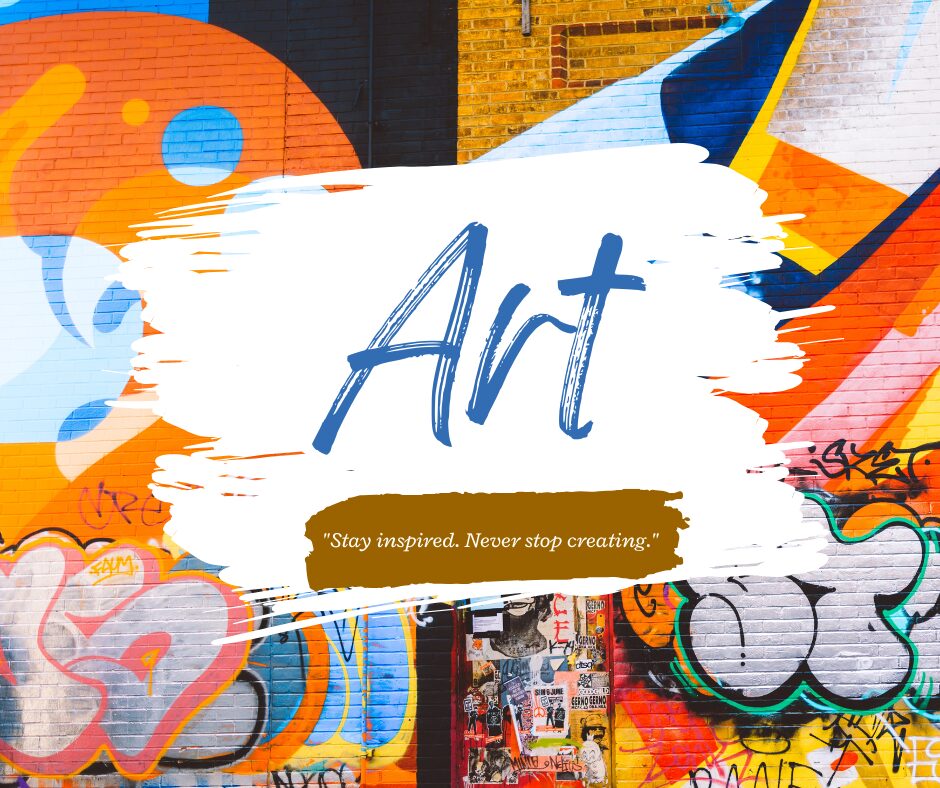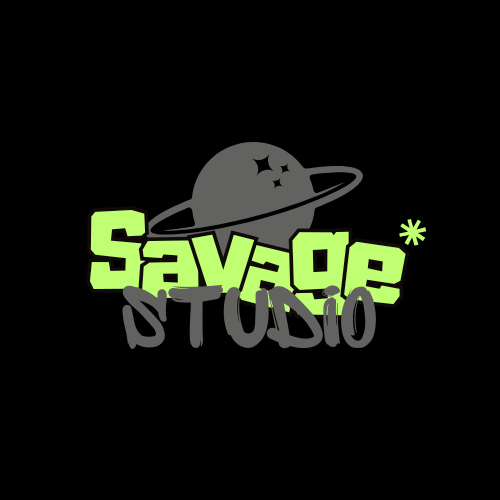
Branding is more than just creating a logo—it’s about crafting an identity that resonates with your audience and tells your story. Building a solid foundation for your brand doesn’t have to be overwhelming. Follow these five steps to establish a meaningful and impactful brand identity that sets you apart.1. Develop a Clear Brand Strategy
Your brand strategy is the blueprint for everything you do. It defines your purpose, values, and the unique way you’ll connect with your audience.
How to Start:
- Define your mission: What is your business’s purpose?
- Identify your target audience: Who are they, and what are their needs and pain points?
- Establish your unique value proposition (UVP): What sets you apart from competitors?
Pro Tip: Conduct market research to understand your audience better and position yourself effectively.
2. Create a Memorable Visual Identity
Your visual identity is the first impression your audience will have of your brand. It includes your logo, color palette, typography, and overall aesthetic.
How to Start:
- Logo Design: Aim for a design that’s simple, memorable, and reflective of your brand values. For example, a leaf motif in a logo can symbolize nature and wellness.
- Color Scheme: Select colors that evoke the right emotions. Earthy tones like greens and browns convey calmness and trust, while vibrant hues like red or orange signal energy and excitement.
- Typography: Choose fonts that align with your brand personality—serif fonts for sophistication, sans-serif for modernity, and decorative fonts for creativity.
Pro Tip: Use tools like Canva or Adobe Express to experiment with designs if you’re on a budget.
3. Craft a Consistent Brand Voice
Your brand voice is how you communicate with your audience. It should reflect your brand’s personality and values while resonating with your target market.
How to Start:
- Decide on your tone: Are you professional, conversational, playful, or authoritative?
- Develop a vocabulary: Use consistent language that aligns with your tone across all platforms.
- Adapt to the medium: Your tone might vary slightly between a formal blog post and a casual social media update, but the core voice should remain consistent.
Pro Tip: Create a style guide to ensure uniformity in communication across all channels.
4. Ensure Consistency Across All Touchpoints
Consistency is the key to building trust and recognition. Apply your branding elements across every platform and interaction your audience has with your business.
How to Start:
- Use your logo, colors, and typography across all digital and physical materials, including your website, social media, packaging, and ads.
- Ensure that your tone of voice remains consistent, whether you’re sending an email, publishing a blog post, or responding to a social media comment.
Pro Tip: Audit your brand touchpoints regularly to ensure consistency.
5. Adapt and Evolve Over Time
As your business grows, your brand should evolve to reflect new goals and opportunities. Stay flexible and open to updates that keep your brand relevant.
How to Start:
- Monitor audience feedback to identify areas for improvement.
- Reassess your visual identity and voice periodically to ensure alignment with market trends and customer expectations.
- Make gradual adjustments rather than sweeping changes to maintain recognition.
Example:
Take inspiration from businesses like “The Keithston Spa,” which uses a consistent color palette and typography to reflect tranquility and luxury. Their logo variations provide flexibility, and their visuals align seamlessly with their brand promise of natural, high-quality spa treatments.
Beginner-Friendly Resources for Branding
- Courses:
- Design Tools:
- Canva: For creating logos, color palettes, and templates.
- Adobe Express: A beginner-friendly platform for designing branding elements.
- Coolors: For generating cohesive color schemes.
- Books:
- “Building a StoryBrand” by Donald Miller
- “The Brand Gap” by Marty Neumeier
- “How to Style Your Brand” by Fiona Humberstone
- Inspiration Platforms:
- Brand Management Tools:
With these steps and resources, you’re well-equipped to build a brand identity that connects with your audience and leaves a lasting impression. Remember, branding is a journey—embrace the process, adapt as needed, and let your creativity shine!



PariPixel Studio – Turning ideas into visuals that captivate!



